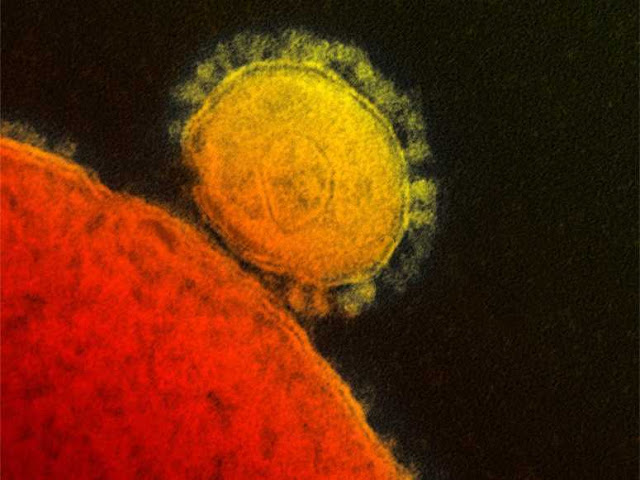All Confirmed Hospitalized Al Hasa MERS-CoV Dialysis Cases Died. - Case fatality rate of
76 percent .HT:Recombinomics.
The New England Journal of Medicine report on the MERS-CoV nosocomial outbreak at 4 hospitals in the Eastern Region of Saudi Arabia clearly demonstrates the role of the index case and super spreader in the infection of 23 confirmed cases.However, in addition to the 23 confirmed cases, the authors identified 11 probable cases, who were defined as pneumonia cases linked to confirmed cases, but who were not laboratory confirmed because no sample was available or only one negative test was run.
The confirmed dialysis cases did not fare well. One patient had a mild case and was not hospitalized. However, all 8 of the cases who were hospitalized died.
The status of patients was updated on June 12. For the 23 confirmed cases, 15 had died and 6 had been discharged (including the case who was not hospitalized). 2 cases were still hospitalized in critical condition on June 12, but have since died. The two probable cases in supplement figure 2 also died. Thus, for the 25 cases with public outcomes (23 confirmed and 2 probable - index case and super spreader), 19 died and 6 survived to produce a case fatality rate of 76%. The survivors were concentrated in the cases who were previously healthy. All three of the family members (patient M, O, and S) who were linked to three confirmed cases (patient G, S, and A) survived, as did the nurse (patient R) infected by the index case.
However, it remains unclear as to why the 11 suspect cases were not confirmed, since most were dialysis case and all eight of the confirmed dialysis cases died and the unconfirmed cases developed symptoms in the same time frame as the confirmed cases.
The dramatic spread of MERS-CoV in the Al Hasa hospitals raised concerns that more such spread would be seen, which was confirmed by reports of additional cases in the eastern region which were at unnamed hospitals in unnamed cities.More recently MERS-CoV has been confirmed in health care workers in Taif (in western KSA), as well as Riyadh (also west of the eastern region), but 4 of the health care workers (2 in Taif and 2 in Riyadh) were asymptomatic.
Thus, it is unclear why MERS-CoV was not confirmed in fatal and serious pneumonia cases in Al Hasa, but MERS-CoV was detected in asymptomatic HCWs and children in the most recent KSA reports.Read the full story here, with more indepth info and with more links.
Related: From ForeignPolicy:
When the Black Death exploded in Arabia in the 14th century, killing an estimated third of the population, it spread across the Islamic world via infected religious pilgrims. Today, the Middle East is threatened with a new plague, one eponymously if not ominously named the Middle East respiratory syndrome (MERS-CoV, or MERS for short). This novel coronavirus was discovered in Jordan in March 2012, and as of June 26, there have been 77 laboratory-confirmed infections, 62 of which have been in Saudi Arabia; 34 of these Saudi patients have died.

